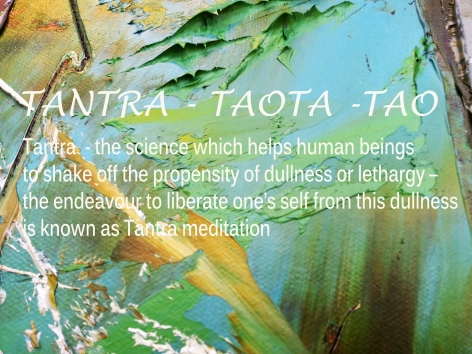
While the Aryans advanced their Vedic Saḿskrta language and culture along their way from Europe to Central Asia and eventually entered India around 10, 000 years ago there existed in greater India the original Saḿskrta as the common language of the indigenous people and the local Tantric civilization. India consisted of small or big tribes of Austric, Dravidian, which is a blend of Austric and Negroid and Mongolian origins. These tribes had their own languages and cultural traits.
The ancient name of India was called Jambudviipa that extended from Central Asia to the frontiers of Burma or Suvarnadviipa. The particular portion of Jambudviipa which was fit for human habitation, with an abundance of food and water, was called Bhárata Varśa.
<<Bhárata – “Bharata sambandhiiya ityarthe Bhárata” – The root verb bhara means “to feed”, ta means “that which helps in all-round expansion”, bhara plus ta [plus ań], bhárata, means –“the land which has abundant food to feed its population and where there is enormous scope for psycho-spiritual expansion is called Bhárata. >>
In the heart of Bhárata Varśa was the cradle of the Rarh civilization on a piece of old Gondwanaland. On this stretch of land from the Vindhya Mountains to the Bay of Bengal we find the oldest living civilization that still exists today. The land of Rarh has been above water for 300 million years. Here in conducive environment evolved first living forms which continued to advance to the various species of creatures, including dinosaurs and then onward to apes and early Australopithecus, Homo erectus, Homo sapiens and the humans of today.
Saḿskrta developed in the ancient land of Rarh where even today we can find pure Saḿskrta words among the village people. Rarh is a portion of Bengal and the Bengali language of today is 92% Saḿskrta.
<<The civilization and culture of Ráŕh is one of the oldest of the entire world. >> <<The land of Rarh is the land where Sanskrit originated.>>
<<Saḿskrta it is the origin of most of the Indian languages today. There was a time when human feelings and sentiments were exchanged and official activities were conducted in Saḿskrta, from the Himalayas to Cape Comorin.>>
In Rarh due the supportive nature and abundance of food, the people developed a contemplative nature and sentimental bonds with each other and with their surroundings. The name Rarh came from the Austric word for the red fertile soil. Their cultural expressions in their mystic singing, dancing, liberal social norms and their love for nature developed and contributed to their subtle mentality that lead to the origins of Tantra which literally means ‘to liberate from the crude’. Around 7000 years ago the great personality Lord Shiva, born in the foothills of the Himalayas, systematized Tantra. <<Rarh was the place where the teachings of Shiva took roots and mingled into every fabric of life.>>
<<Tantra means “the scientific cult which provides ample scope for all-round expansion in human life and thus paves the way for the attainment of salvation”.>>
Text in brackets <<>> are from Shrii PR Sarkar

